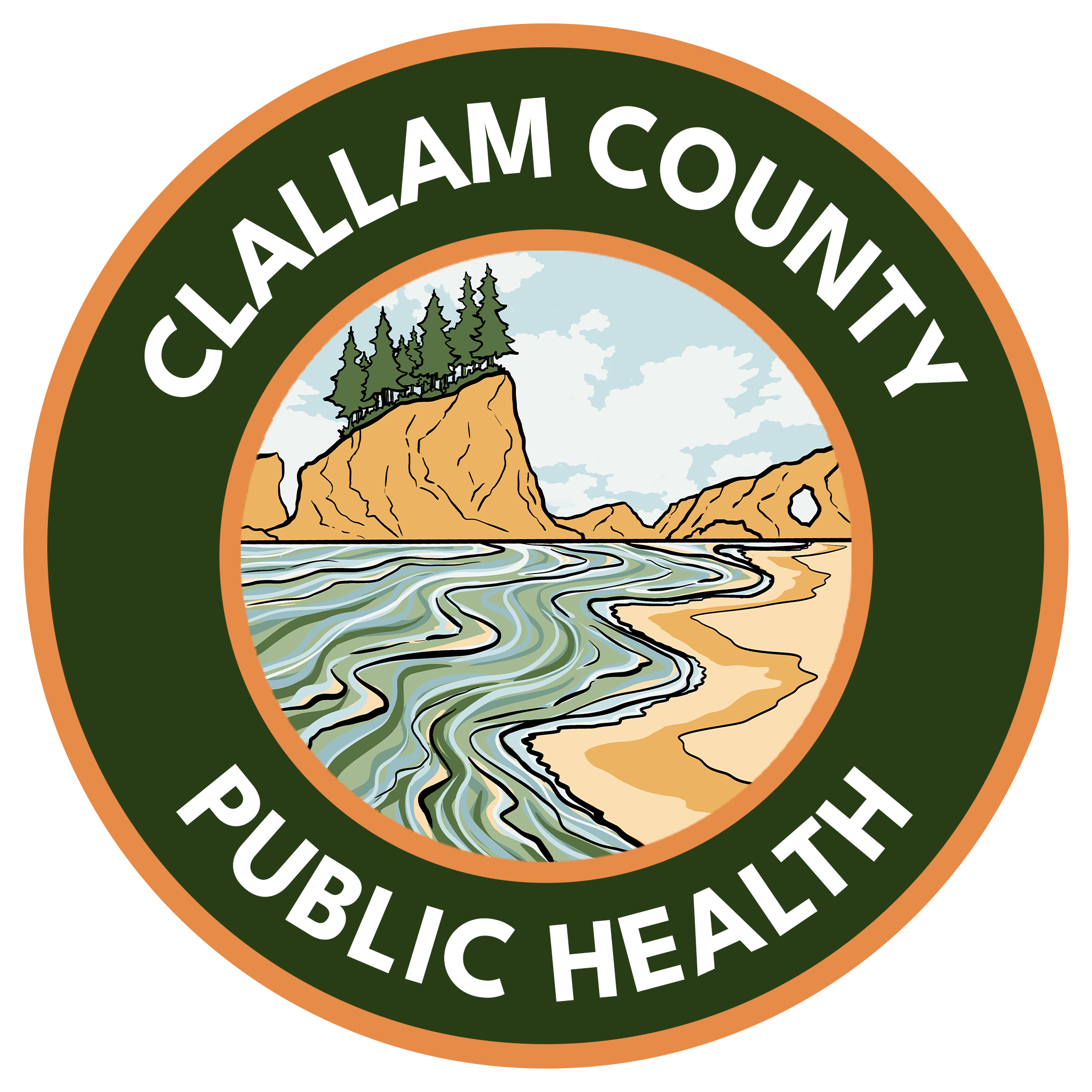
Treating patients who traveled in the region and have severe respiratory symptoms
Requested actions:
- Consider pneumonia in patients with severe respiratory symptoms who:
- Traveled to Wuhan, China since Dec. 1, 2019, and
- Had onset of illness within 2 weeks of returning, and
- Do not have another known diagnosis that explains their illness.
- If a patient meets these criteria, immediately notify infection control personnel and call the reporting line.
- Ask the patient to wear a surgical mask. Evaluate the patient in a private room with the door closed. Use contact precautions and wear an N95 disposable facepiece respirator. If admitted for inpatient care, use contact and airborne isolation precautions until more is known.
- Collect nasopharyngeal, nasal and throat specimens. Consider saving urine, stool, serum and respiratory pathology specimens, if available.
Background
As of Jan. 5, 2020, Chinese authorities report 59 patients with pneumonia of unknown etiology. Some patients were vendors at a live animal and seafood market where chickens, bats, marmots and other wild animals are sold—suggesting a possible zoonotic origin. Patients’ symptoms onset Dec. 12-19, 2019. Laboratory tests ruled out SARS-CoV, MERS-CoV, influenza, avian influenza, adenovirus and other common respiratory pathogens. Of the 59 cases, 7 are critically ill and 52 are stable. No deaths have been reported. No healthcare providers have been reported ill.
Chinese authorities made a preliminary determination of a novel (or new) coronavirus, identified in a hospitalized person with pneumonia in Wuhan. Investigators conducted gene sequencing of the virus, using an isolate from one positive patient sample.
Health authorities have not reported human-to-human transmission. However, until more is known, CDC recommends contact and airborne isolation.
More information is available at:
